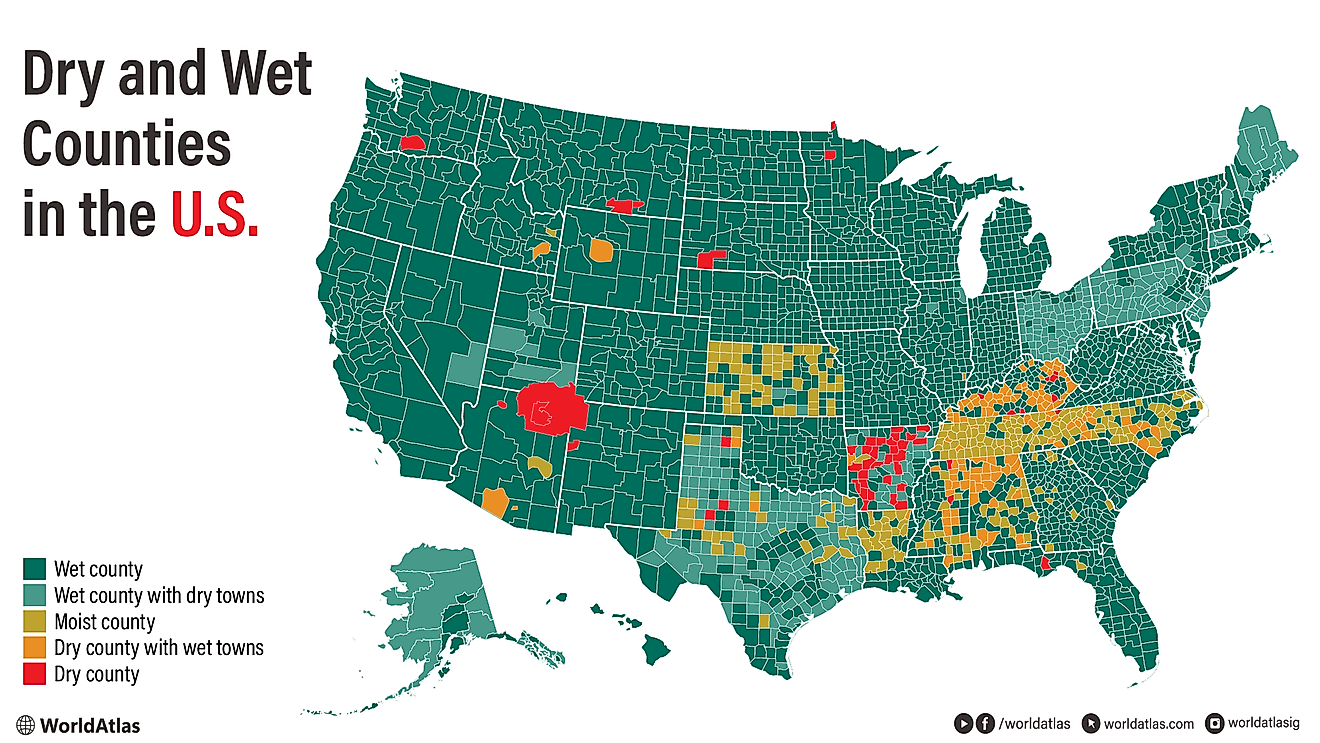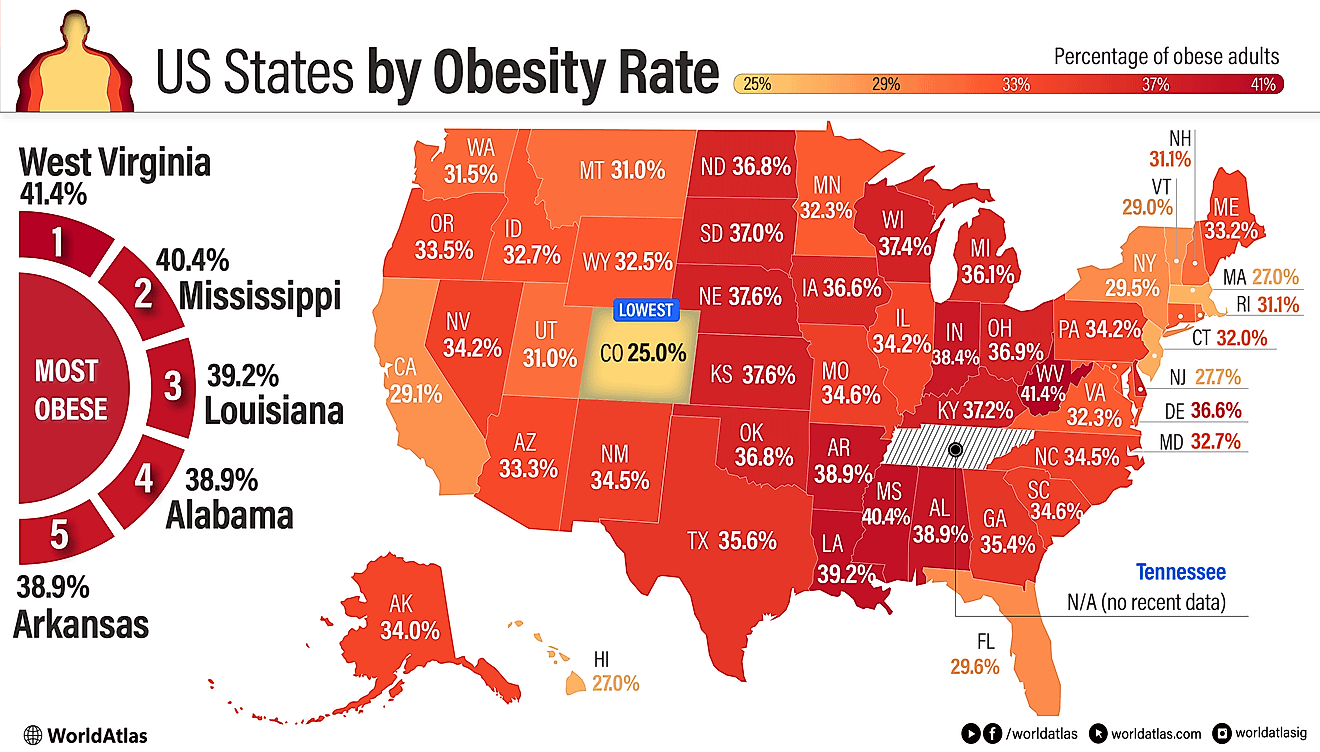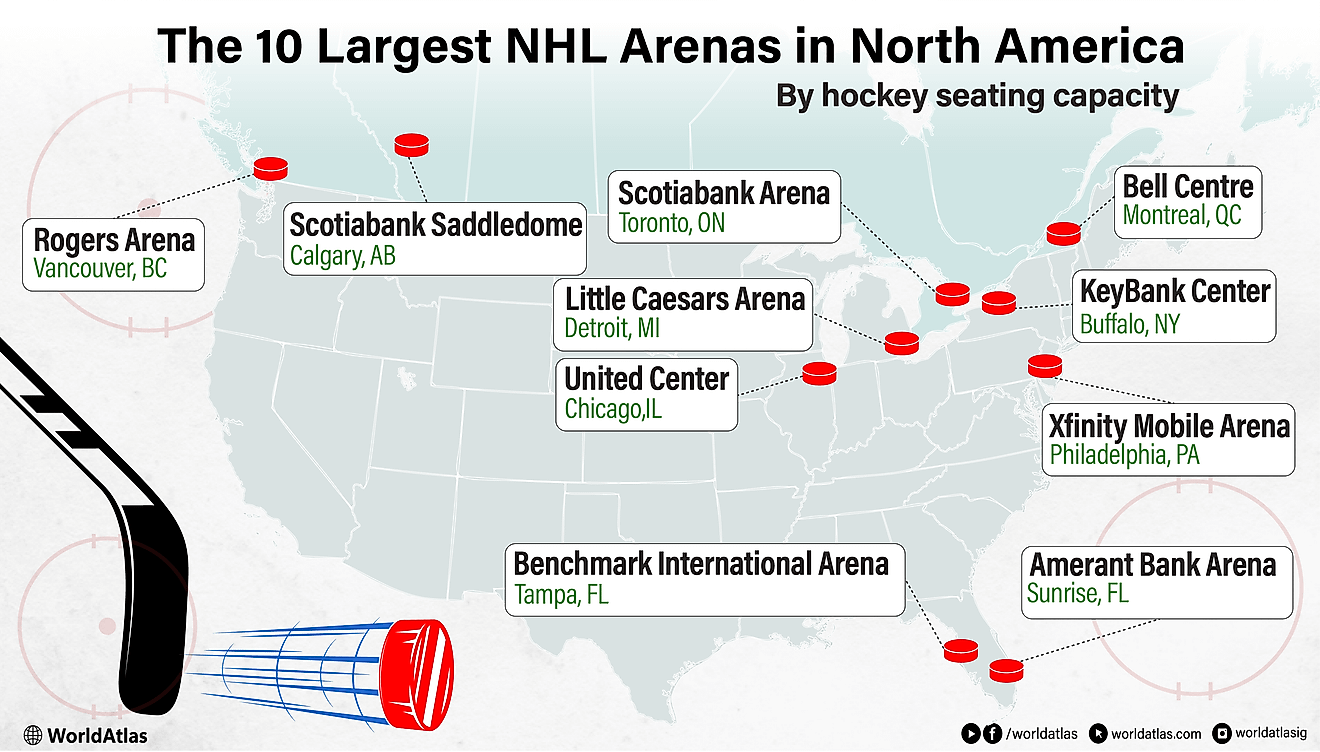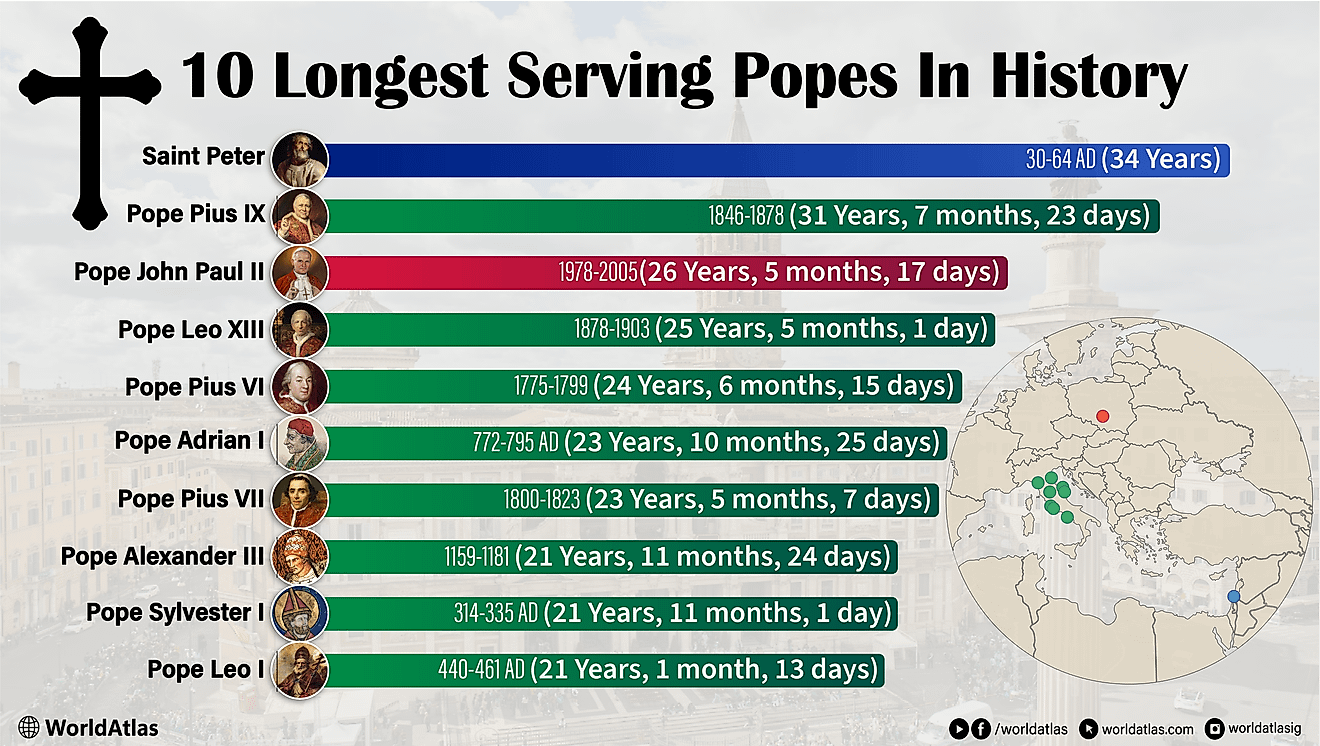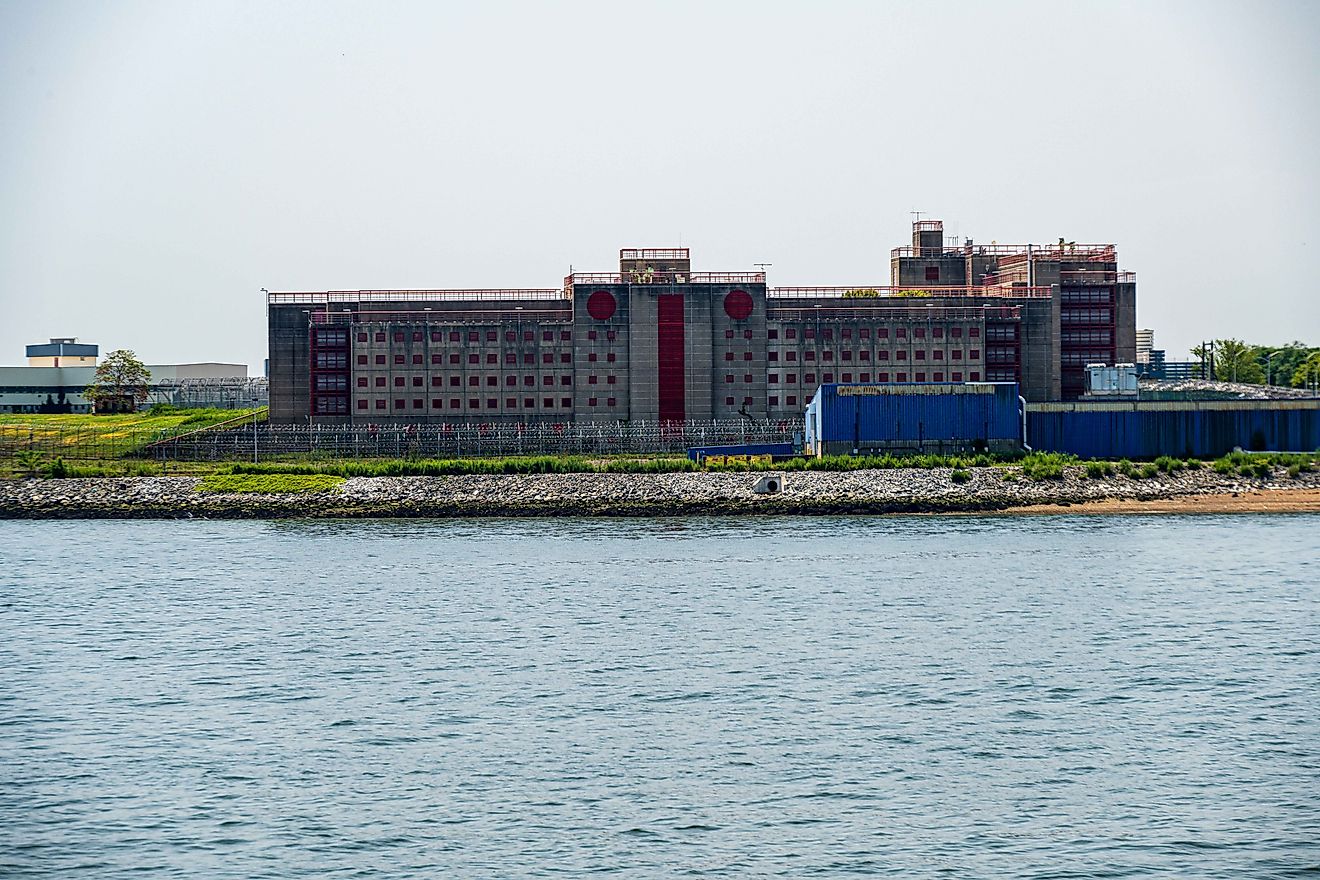Which Country First Adopted Time Zones?

Time zones are regions of the earth on which a particular standard time is observed. The demarcation of time zones is usually based on the national boundaries through which they run. Different time zones use the Coordinated Universal Time as their reference point. Observation of the sun’s position is the oldest way to identify the time and goes back to the prehistoric era. Using this method, the day was divided into three periods, sunrise, noon, and sunset.
History of Timekeeping
Sundials were among the first devices made to determine time. These devices used what is known as apparent solar time, but this varied across the globe as it was influenced by the longitudes. Due to their reliance on the sun, sundials and other similar devices were non-functional during cloudy days. The early 19th century saw the popular use of mechanical clocks, and unlike older devices, these were independent of the sun and used mean solar time. Great Britain introduced the Greenwich Mean Time in the late 17th century, as a standard on which marine travelers would reference time. Up until this period, different countries in the world had their own individual time zones. The Industrial Revolution brought with it new innovations such as the steam engine, and consequentially the railway, as well as the telegraph. These innovations interconnected the globe, allowing for the transmission of information over vast distances. However, timekeeping was becoming a big issue, causing inconveniences as clocks read different times in different regions, which was caused by the difference of four minutes for each degree changed in longitude. The new industrial world required a standard time zone. Railway companies, which were mostly affected by the use of local solar time, were first to establish a standard time.
Origin of Time Zones
First of these companies was Great Western Railway, which adopted a standard time in 1840. By December 1848, all major railway companies in Great Britain had complied and established what was known as railway time, which was based on the Greenwich Mean Time. The transmission of signals from the Greenwich-based Royal Observatory to railway stations in the country was first achieved in August 1852 through telegraph. However, Great Britain was yet to officially establish the popular Greenwich Mean Time, which by the mid-17th century was used in virtually all public clocks throughout the country.
First Countries to Use Time Zones
New Zealand (then a British colony) adopted a standard time zone that became known as the New Zealand Mean Time in November 1868, making the country the first one to adopt a standardized time zone observed in the entire colony. The standard time was set at 172 degrees and 30 minutes east of the Greenwich Meridian, making it 11.5 hours ahead of the Greenwich Meridian Time. In August 1880, Great Britain finally recognized GMT as the country’s legal time, but even then most British clocks showed both GMT as well as local time. In the United States, railway companies had their own individual standard time, which was usually based on the local time of the company’s busiest terminus. To remedy the confusion that this system had American railway companies established a standard time system made up of several time zones, in November 1883. The timezone system was officially adopted by the United States in March 1918.
